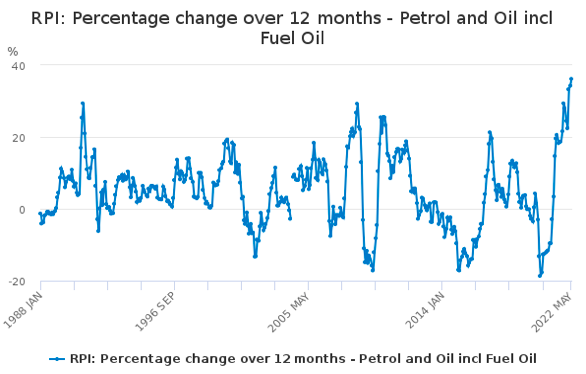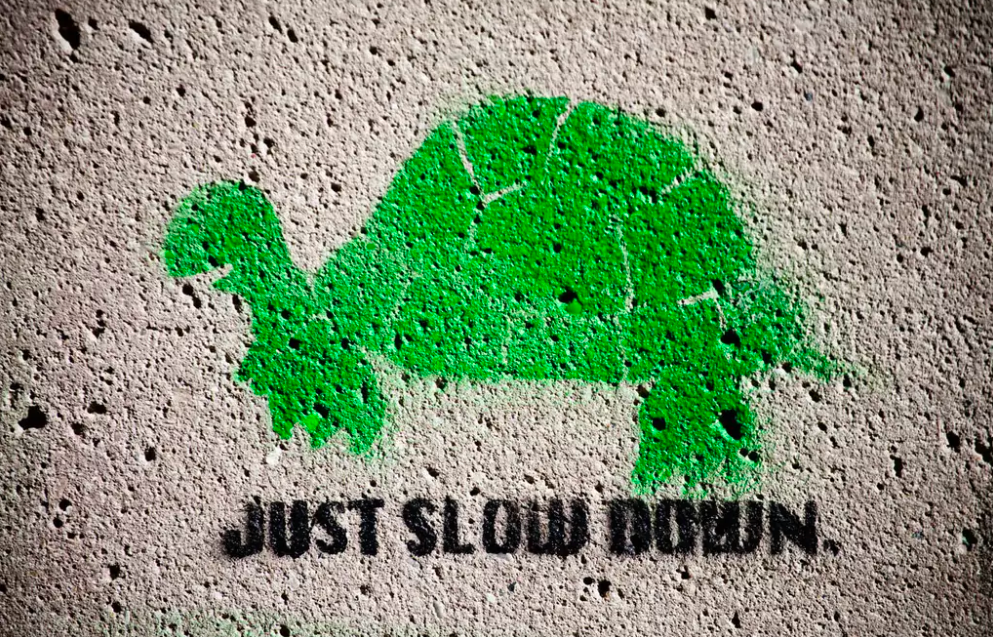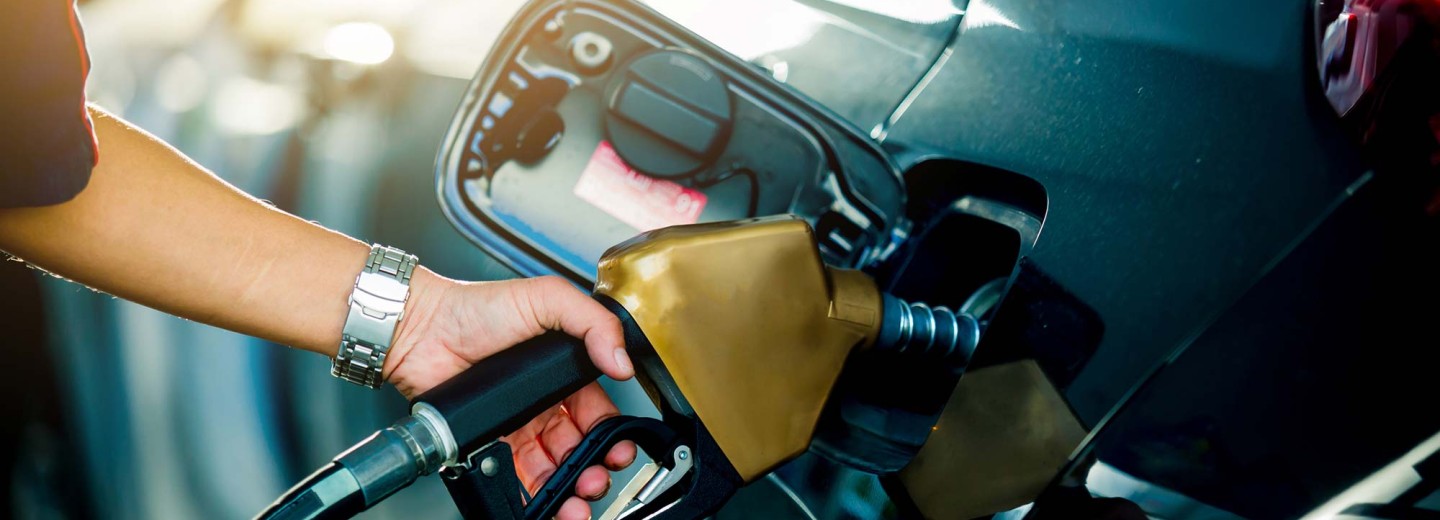EV or ICE – fuel economy is the same
Protests are sweeping the UK. London underground workers have been on strike. Train staff also. Airline and airport staff are threatening to strike. Even privileged, one-would-think, barristers are striking about their remuneration for work done on legal aid. Environmental protestors are gluing themselves (weirdly) to famous paintings. And now ‘motorists’ (whoever you are) are cruising at slow speeds to block the country’s motorways and protest about the cost of fossil fuel.
(It seems odd that protestors about fuel prices drive their vehicles to protest and thus burn even more, expensive, fuel – but hey…).
This blog cannot solve these issues. But there is one topic on which we can provide not just advice – but solutions.
Saving money on fuel
Government figures show that fossil fuel has become rapidly and significantly more expensive.

The percentage rise was close to 40% in May and is predicted to increase more in the next few months.
What can drivers do?
An electric vehicle (EV) is more economical than an internal combustion engine (ICE) equivalent. EV drivers have an advantage, too – they have (mostly) learned how to make their battery power last longer. The internal combustion engine is notoriously inefficient. By some reckonings, less than 25% of the fuel burned goes into propelling the vehicle. The rest is consumed by the need to move around the many parts inside the engine and gearbox and then pump out their noxious pollutants.
The principles of more economical driving are identical for both EV and ICE vehicles, no matter what size engine your vehicle has or its nominal performance..
Drive more slowly
This sounds obvious. Most drivers will say ‘yeah-yeah’ – and then BUT… ‘it is more fun to drive fast’… ‘I am in a hurry’ … ‘I would fall asleep driving slowly’… or even - ‘I didn’t buy a Ferrari to travel at 50 mph’.
In most cases, traffic determines your arrival time far more than your driving speed. In any case, will taking 15 minutes longer – if you do - make such a difference to your day? Driving more slowly greatly reduces the risk of serious accidents to you and others.
AND - driving at 50mph instead of 70mph gives fuel savings of 25-30%.

This is because wind resistance increases exponentially after a certain speed. (By the way, you can improve economy even more if you travel in the same direction as the wind! Mostly you do not have a choice of course; but with the wind behind you, you will notice even more saving on fuel).
Use the accelerator and brake pedals gently

Classic advice is to imagine that you have a raw egg between your foot and the accelerator or the brake. Push too hard on either and you break the egg – ugh, messy! It is easy to see why accelerating aggressively uses more fuel but why the brake? An EV turns the engine into an alternator when it brakes. It is effective at both braking and charging. An ICE vehicle may not put back fuel in the tank, but it assists braking when it decelerates. Then, think about the energy you used to need to brake. If you were driving faster than you needed to, that fuel would have been wasted when you applied the brake.
Careful use of accelerator and brake can save over 10% of fuel, depending on your driving style.
Close the windows
It may feel lovely to cruise down the motorway with the fresh air streaming in and your radio entertaining the vehicles you pass. But air turbulence, created by open windows, increases fuel consumption by around 10%. At slower speeds the effect is less but is still evident. Debate rages about the balance between the fuel used by air-conditioning and that caused by open windows. Suffice to say, managing without either is best for fuel economy.

Manage tyre pressures
Making sure your tyres are at the correct pressure optimises fuel consumption. Under-inflated tyres increase fuel consumption by up to 5%. They also get hotter, wear quicker, are more liable to aquaplane in wet weather and will suffer more from pothole damage.
Keep tyres correctly inflated!

Summary
By taking four, simple, steps, drivers can reduce the fuel their vehicles consume by more than 50%. Using their vehicles even a little less often, will save even more fuel.
It is neither difficult nor inconvenient. Fuel will keep rising in price. Sensible drivers will adjust their driving styles accordingly. They will save money and pollutants - and reduce accidents.
Worked on the article:

Wanlikhang





